Step 1
Turn Off the Pump
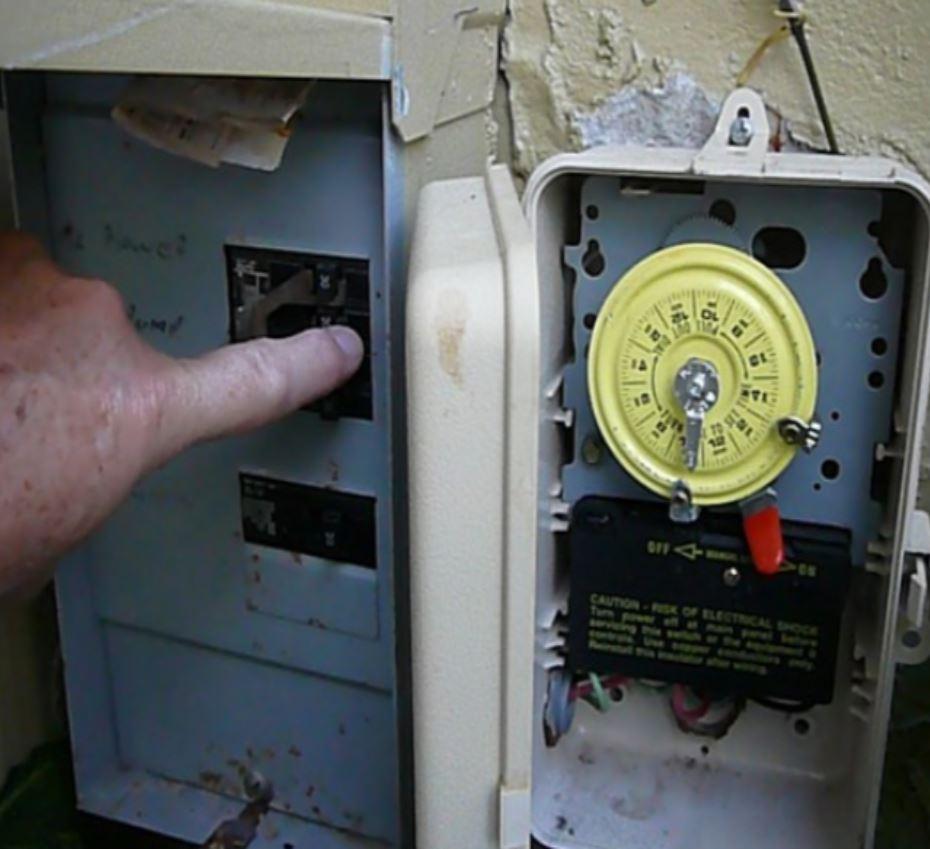
Step 2
Set the Filter Valve to “Backwash”
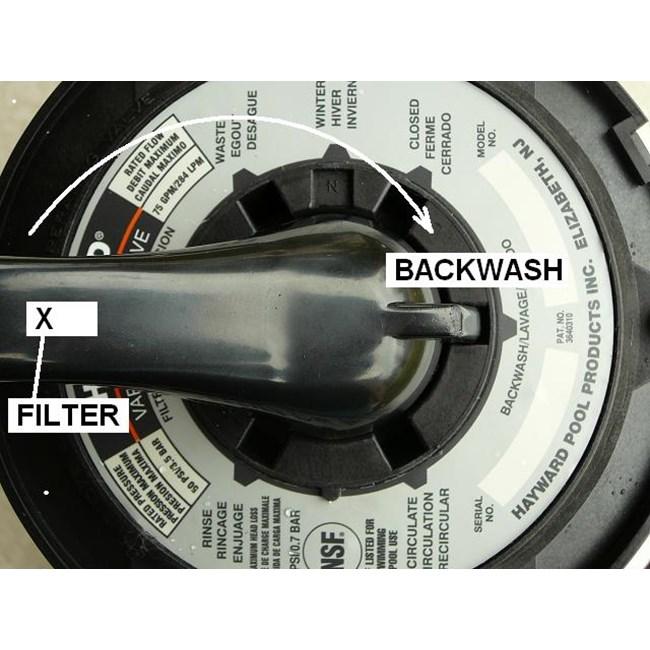
Step 3
Attach a Backwash Hose
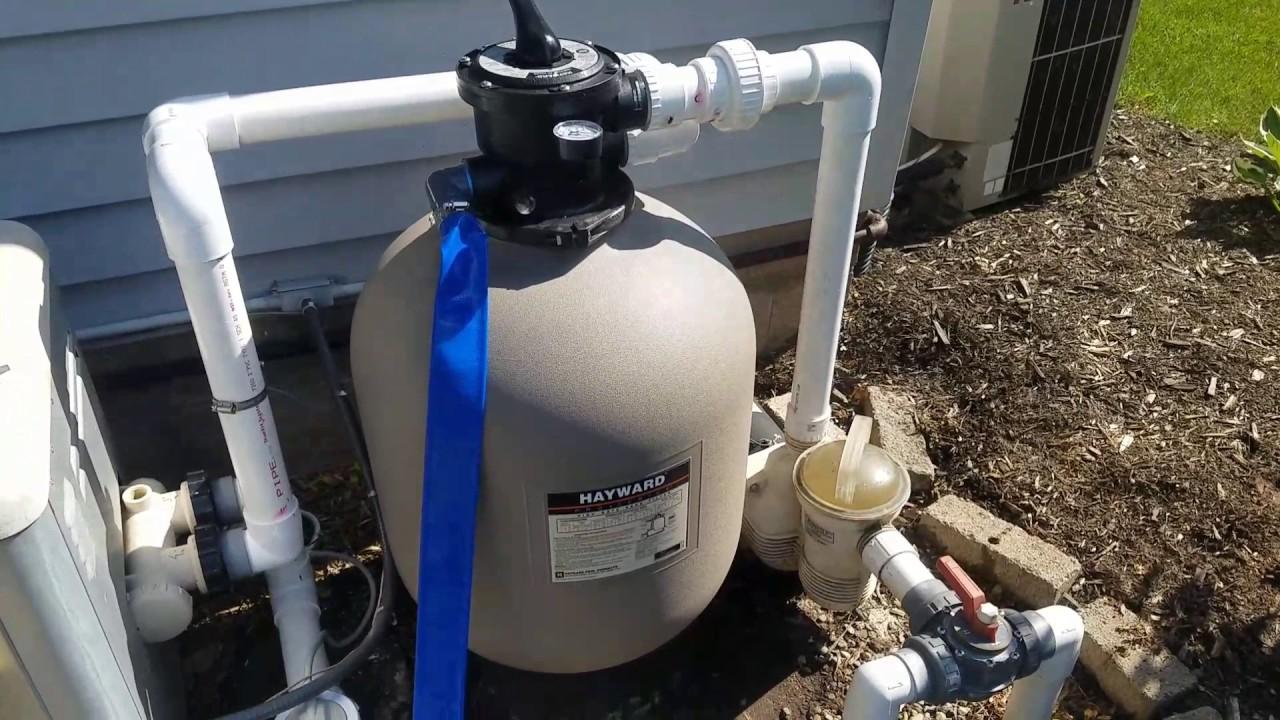
Step 4
Turn On the Pump
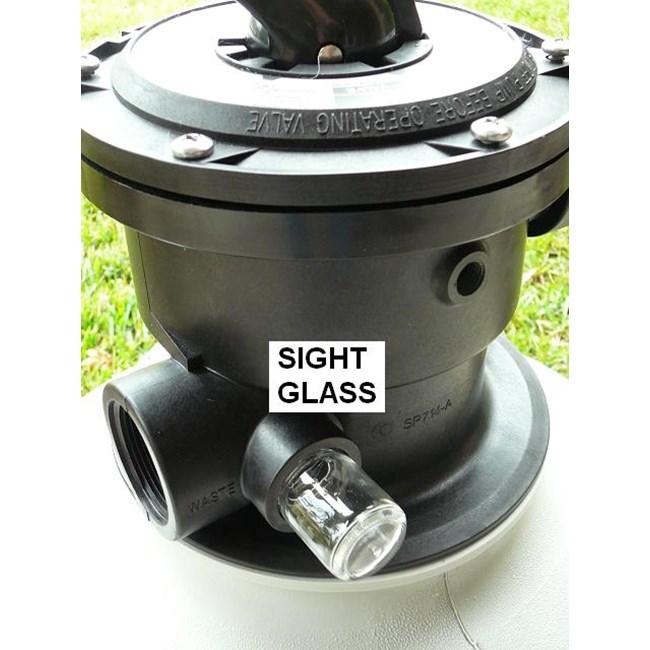
Step 5
Turn Off the Pump Again

Step 6
Set the Valve to “Rinse” (Sand Filters Only)
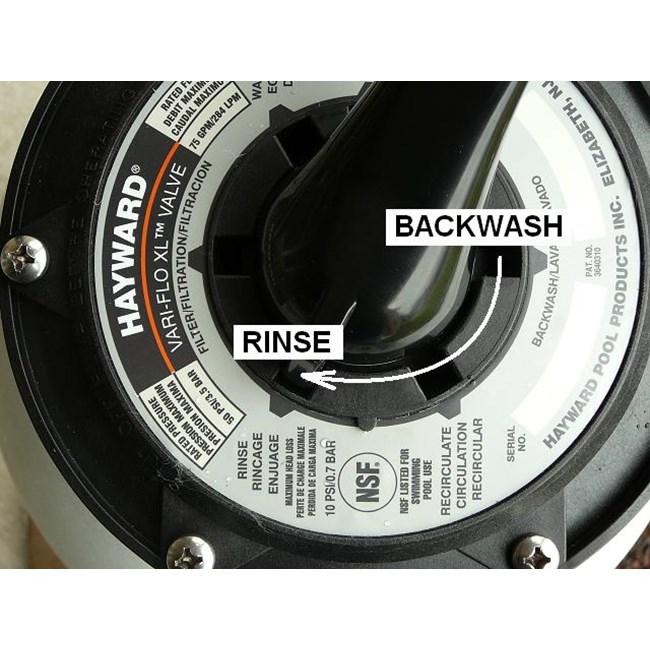
Step 7
Return the Valve to “Filter” Mode
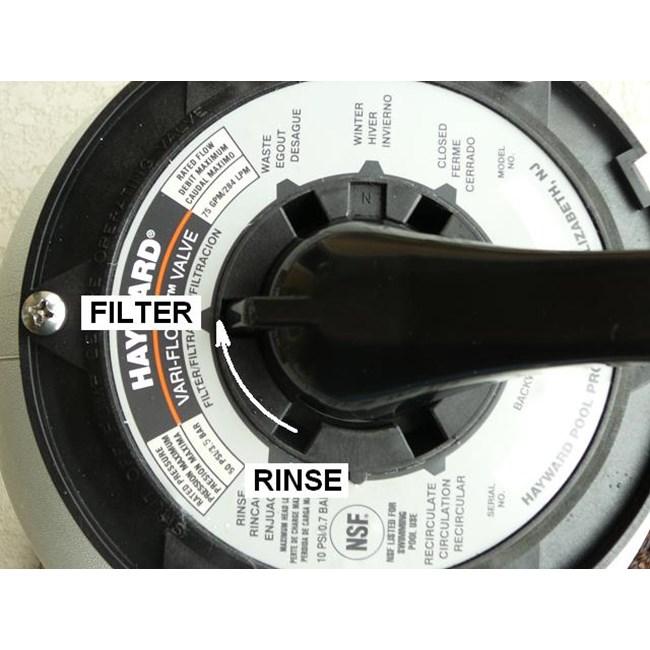
Step 8
Restart the Pump

Step 9
Additional Steps for DE Filters
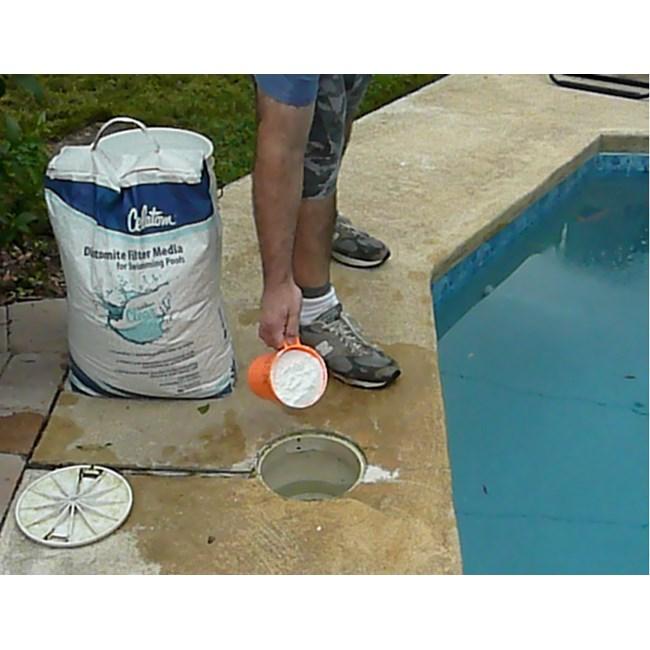
Key Differences Between Sand and DE Filters
Sand Filters:
- Media Type: Use sand to trap debris.
- Backwashing Frequency: Typically every 1-2 weeks or when the pressure gauge reads 8-10 psi above the clean pressure level.
- Post-Backwash Rinse: Requires a rinse cycle to resettle the sand bed.
- No Additional Media Needed: Once backwashing is complete, you’re ready to resume filtration without adding new material.
DE Filters:
- Media Type: Use diatomaceous earth powder to coat grids and capture debris.
- Backwashing Frequency: Typically every 4-6 weeks or when the pressure gauge reads 8-10 psi above the clean pressure level.
- Post-Backwash Media Replacement: Requires adding new DE powder to the skimmer after each backwash to coat the grids.
- Maintenance: DE grids may need periodic cleaning or replacement.
Tips for Effective Backwashing
- Monitor the Pressure Gauge: Always backwash when the pressure gauge shows an increase of 8-10 psi above normal.
- Avoid Over-Backwashing: Excessive backwashing can waste water and affect filtration efficiency.
- Dispose of Wastewater Properly: Ensure the backwash hose directs wastewater to a safe location per local regulations.
- Keep DE Powder on Hand: If you have a DE filter, stock up on DE powder to avoid interruptions in maintenance.

Leave a Reply